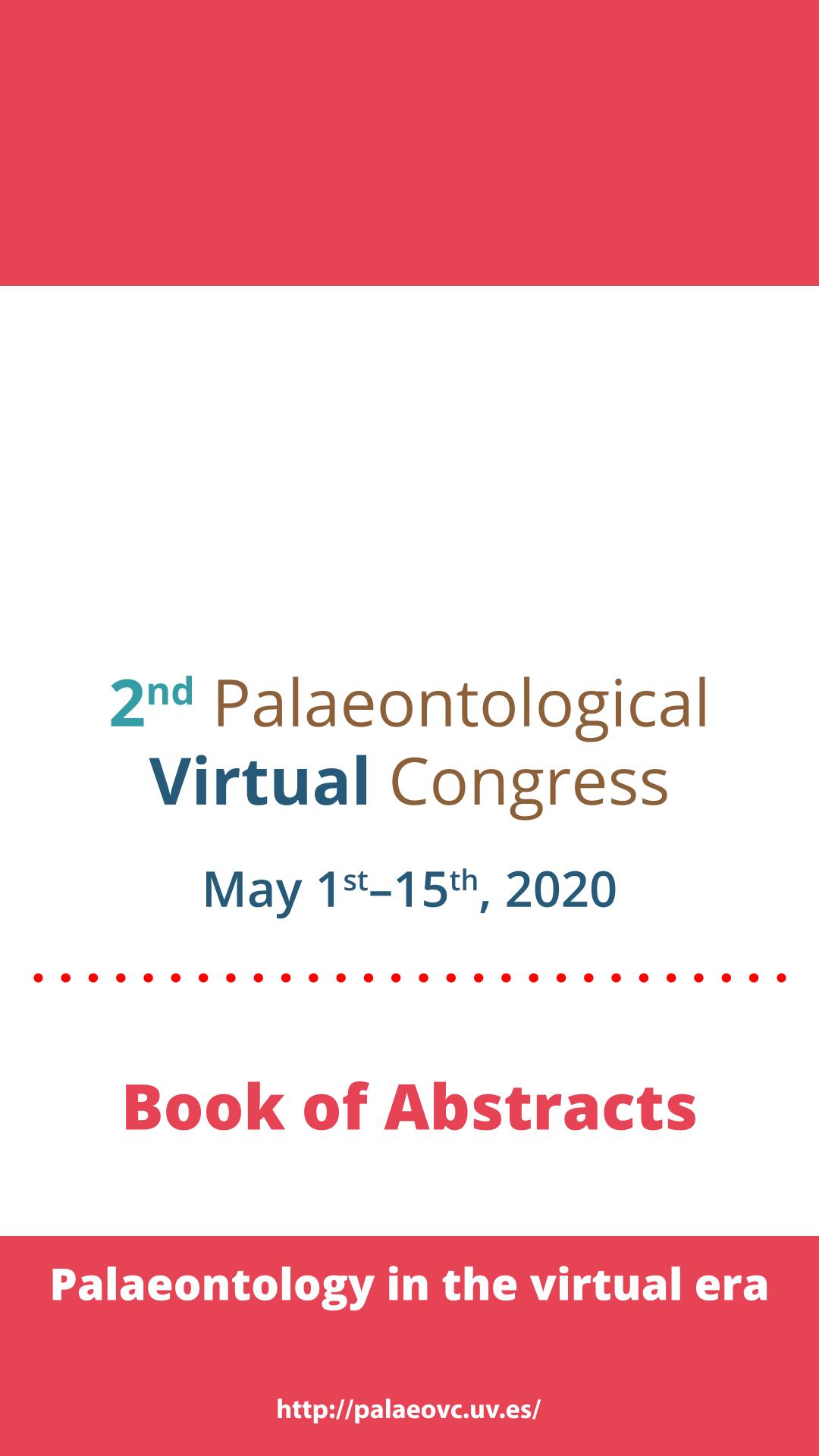Evento
New plant fossil records and palaeoecology of the Uspallata Group (Late Triassic) at Cacheuta Hill, Cuyo Basin, west-central Argentina
Bodnar, Josefina ; Morel, E. M.; Coturel, Eliana Paula
; Morel, E. M.; Coturel, Eliana Paula ; Spalletti, Luis Antonio
; Spalletti, Luis Antonio ; Ganuza, Daniel Gustavo
; Ganuza, Daniel Gustavo
 ; Morel, E. M.; Coturel, Eliana Paula
; Morel, E. M.; Coturel, Eliana Paula ; Spalletti, Luis Antonio
; Spalletti, Luis Antonio ; Ganuza, Daniel Gustavo
; Ganuza, Daniel Gustavo
Tipo del evento:
Congreso
Nombre del evento:
2nd Palaeontological Virtual Congress
Fecha del evento:
01/05/2020
Institución Organizadora:
Paleontological Society;
Título del Libro:
2nd Palaeontological Virtual Congress: Book of Abstracts. Palaeontology in the virtual era
Editorial:
Palaeontological Virtual Congress
ISBN:
978-84-09-20283-6
Idioma:
Inglés
Clasificación temática:
Resumen
The Triassic sedimentary rocks outcropping in the Cacheuta Hill (Precordillera, Mendoza province, Argentina) correspond to the upper part of the Uspallata Group (Late Triassic) comprising the younger levels of Potrerillos Formation, and the Cacheuta and Río Blanco formations. In this contribution, new fossil plant records in the Uspallata Group are described, the systematic palaeontology of previously described taxa is revised, and the plant-palaeocomunities are reconstructed. In addition, the studied unit is correlated with other Triassic formations of Gondwana. Our revision of the plant-fossil record from the Uspallata Group provides: the first record of the genus Androstrobus (Cycadales) and the genus Odyssianthus (Voltziales) in the Argentinean Triassic, the description of Rissikianthus as a new element of the Cacheuta palaeoflora, the transfer of Baiera rollerii to Rochipteris rollerii, and the presence of Hamshawvia and Stachyopitys in the Argentinean Triassic, which confirm the record of these reproductive structures as related to the ginkgoalean lineage. The most diverse plant fossil group in the Triassic of Cacheuta Hill is the seed fern order Umkomasiales (= Corystospermales). Four types of plant palaeocommunities were inferred for Uspallata Group: conifer-dominated deciduous forests, corystosperm-dominated deciduous forests, corystosperm-dominated evergreen forests, and corystosperm-dominated shrubby-arboreal. These palaecommunities were developed in mixed load meandering fluvial, palustrine and meromictic lacustrine systems under seasonal or oceanic subtropical climates, varying from semiarid to humid environments. The plant fossil assemblages present in the Uspallata Group at Cacheuta Hill shows similarities with the Molteno Formation from South Africa, indicating a Late Triassic (Carnian–Norian) age for the unit.
Palabras clave:
Triásico
,
Gondwana
,
Fossil plants
Archivos asociados
Licencia
Identificadores
Colecciones
Eventos(CIG)
Eventos de CENTRO DE INVEST.GEOLOGICAS (I)
Eventos de CENTRO DE INVEST.GEOLOGICAS (I)
Citación
New plant fossil records and palaeoecology of the Uspallata Group (Late Triassic) at Cacheuta Hill, Cuyo Basin, west-central Argentina; 2nd Palaeontological Virtual Congress; Valencia; España; 2020; 119-119
Compartir



